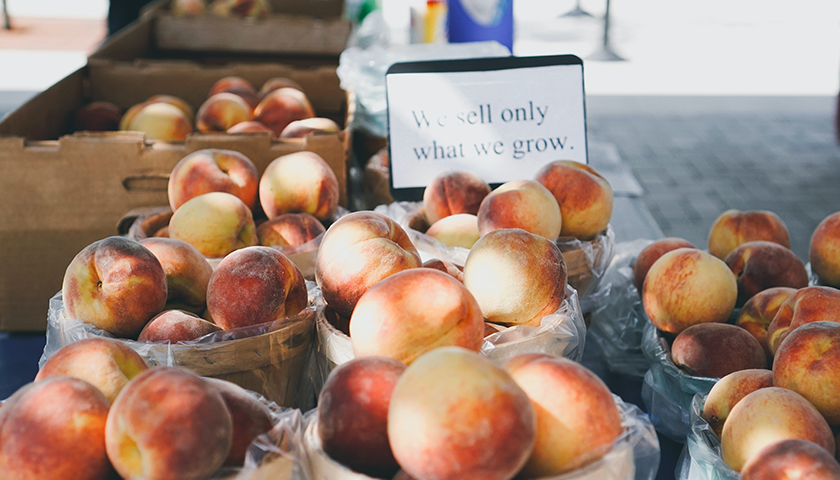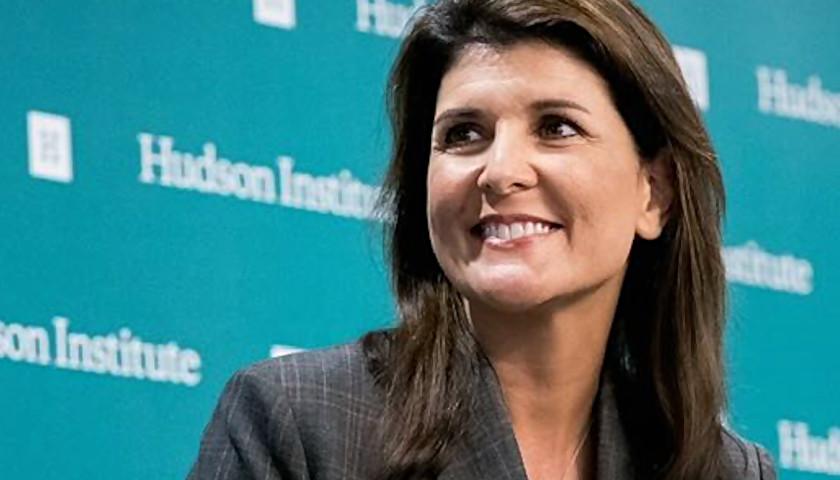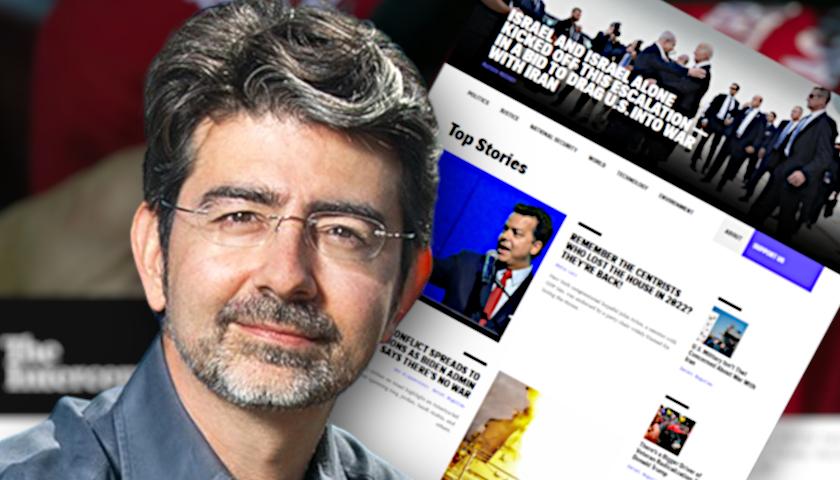by Joseph Annotti
Journalists and scientists have more in common than you’d think—at least they should. Scientists seek to understand and explain how the natural world works. They observe, ask questions, and approach new information with skepticism as they work through a careful process to determine what is true.
Journalists, in theory, use the same curiosity and rigor to provide the information we need to make good decisions in our lives. According to the Society of Professional Journalists, a core tenet of journalism is to “seek truth and report it.” In both worlds, negligence begins where skepticism ends, creating dangerous opportunities for peddlers of misinformation.
The Environmental Working Group’s (EWG) annual “Dirty Dozen” list is a perfect marriage of scientific and journalistic negligence. Each year, the EWG, a controversial, agenda-driven organic activist group, purports to rank the top 12 fruits and vegetables most contaminated with pesticides. And each year, the media takes the bait without fail, and the coverage reads like sponsored content.
The average person can debunk these claims with a simple Google search. Yet, there are many so-called journalists who embrace the sensationalism without question because they are uncurious, in a hurry, or buy in to the idea that corporate agriculture poisons us all for profit.
Media cynicism is alive and well, but where is their skepticism? When did reporters stop doing the hard work of asking, “is that a fact?” and “according to who?” In publishing misleading half-truths about food safety without questioning the motivations of their source, the media is fanning the flames of public confusion, if not outright panic.
If the journalists covering the Dirty Dozen list bothered to check the facts, they would quickly learn that both traditional and organic farming use pesticides—and their dangers are far overstated.
Take spinach, for example, which took the number two spot on the Dirty Dozen list this year. The average man would need to eat 4,487 cups of spinach a day to exceed safe consumption levels of permethrin, a pesticide found on spinach. Of course, this would never happen in practice, because it only takes 11 cups of spinach to exceed the safe consumption level of iron. That man would die of iron toxicity long before pesticide ingestion became a problem.
If the journalists covering the Dirty Dozen list bothered to check their sources, they would discover the EWG has been widely criticized by members of the scientific community for using negligent processes and misrepresenting data in order to advance its organic agenda.
A 2011 study in the peer-reviewed Journal of Toxicology found the EWG’s methodology “lacks scientific credibility.” As recently as 2004, the group was suggesting a link between vaccines and autism, which is a widely debunked claim fabricated by a physician who has since been stripped of his medical license.
Journalists might also dig deeper to learn the organic food industry is a $50 billion operation powered by deep-pocketed companies like Organic Valley and Stonyfield Farms, who fund activist groups like EWG to mislead the public and scare them away from conventional foods. It doesn’t take much to recognize this is nothing more than market share warfare masquerading as consumer advocacy.
Perpetuating this misinformation has profound economic consequences. When consumers don’t realize that traditionally-grown fruits and vegetables are just as nutritious and safe as more expensive organics, they may spend more than they can afford for organic products—or worse yet, purchase fewer fruits and vegetables because of unwarranted concerns over pesticide residue.
We need a return to skepticism in journalism. It’s the media’s job to seek the whole truth and report it. Like scientists, members of the press are ethically obligated to reject claims at face value, to dig deeper, and ask, “who wins and who loses?” as a result of stories like this. American consumers are certainly not among the winners.
– – –
Joseph Annotti is president and CEO of the Center for Truth in Science.





